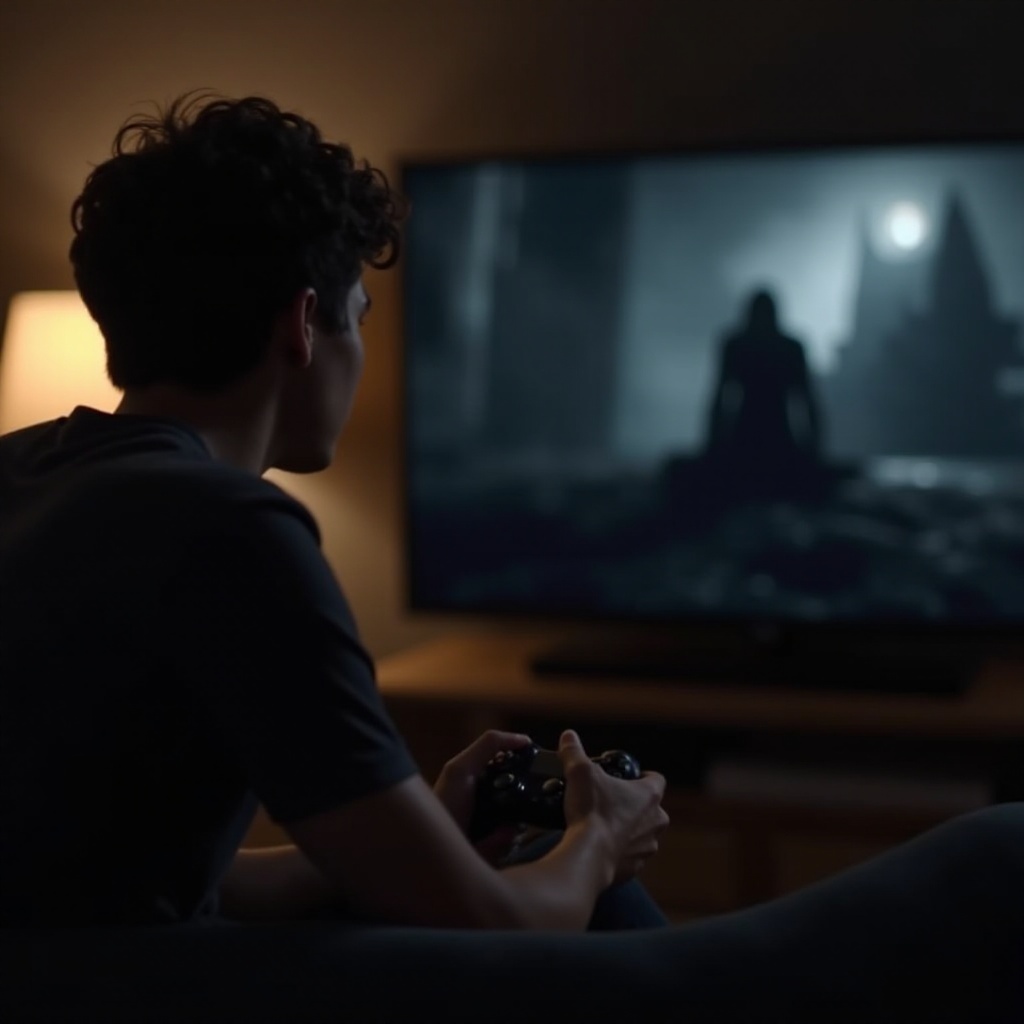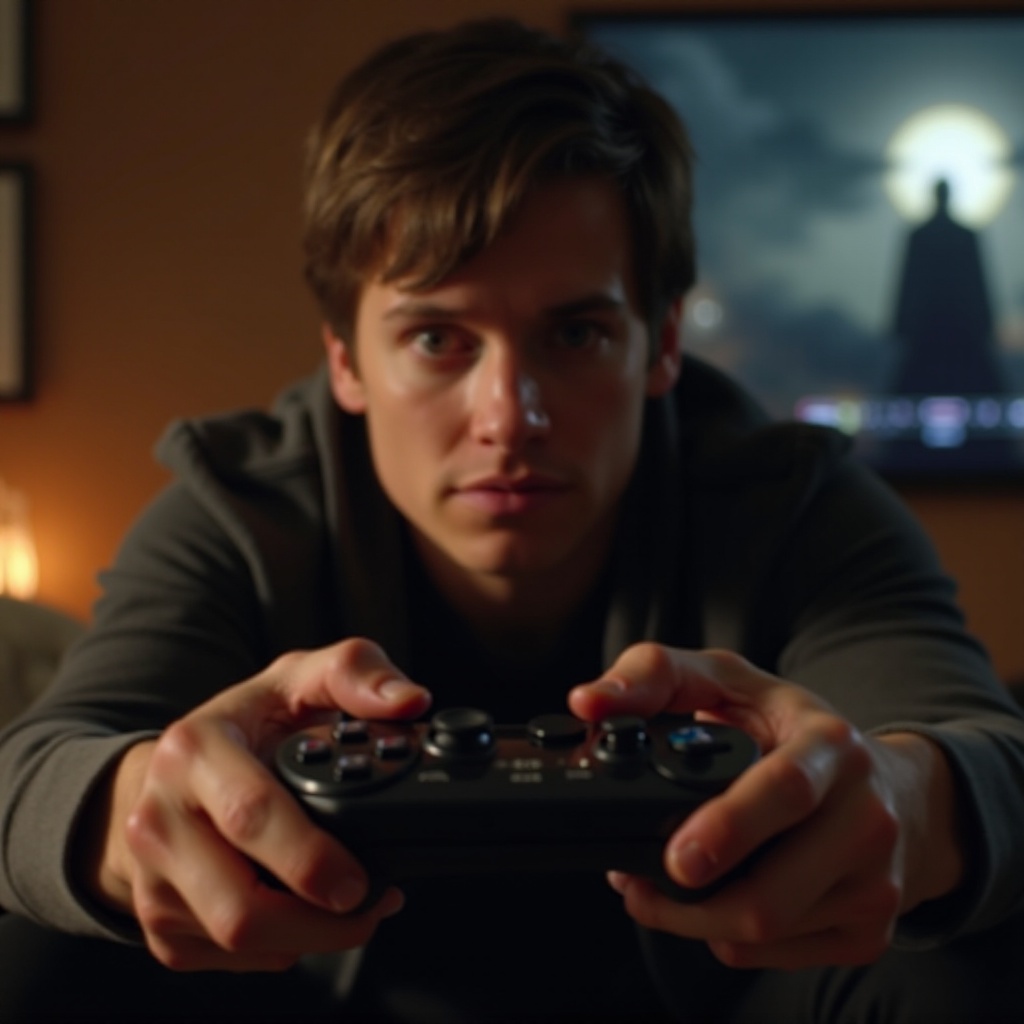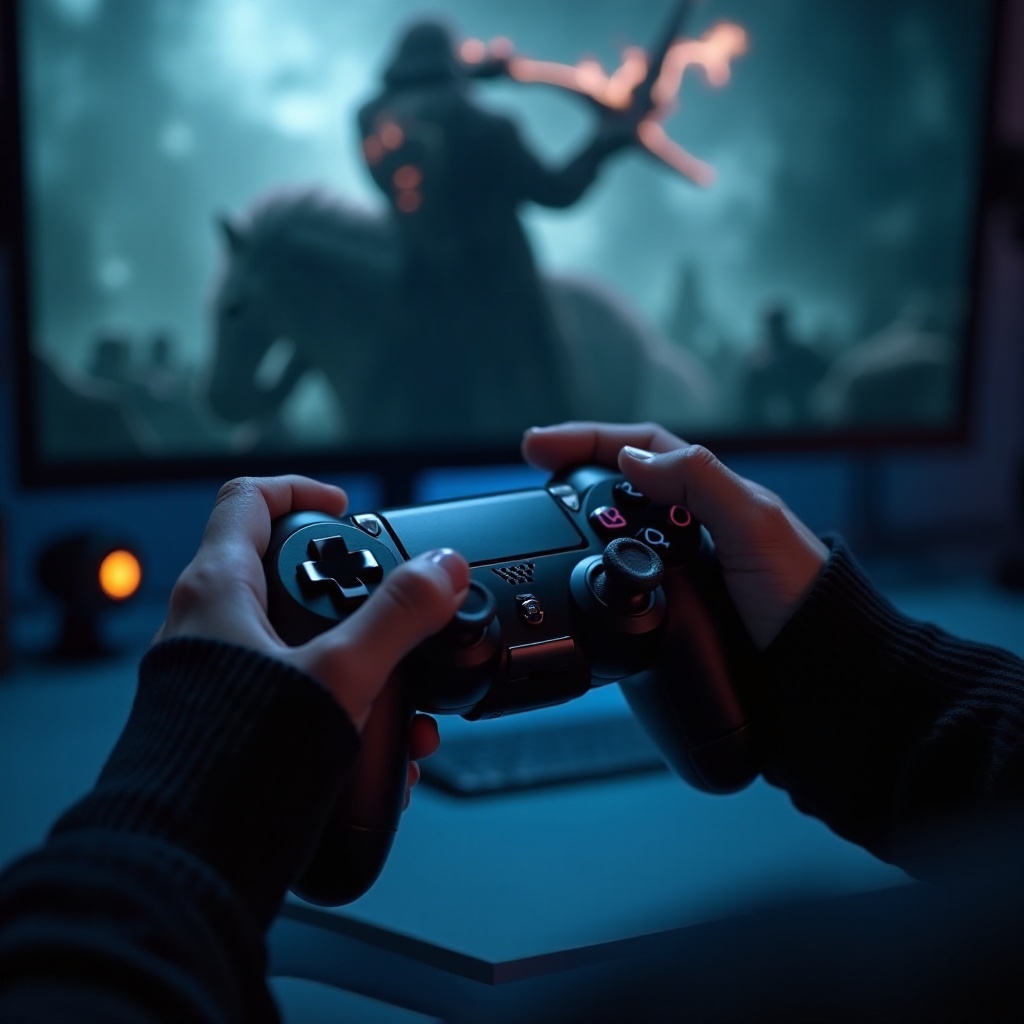How to Resolve Dark Souls 2 Controller Issues on Game Consoles
Introduction
Dark Souls 2 is a celebrated game known for its challenging gameplay and immersive world. However, a common frustration for many gamers is when the controller stops working properly, interrupting the experience. You’re not alone if you’ve faced the dilemma of a non-functioning controller. Many enthusiasts encounter this problem, especially on consoles. Thankfully, by understanding the underlying issues and utilizing effective solutions, you can return to seamless gameplay. In this detailed guide, we’ll explore how to troubleshoot these controller issues to ensure your gaming sessions remain uninterrupted.

Understanding the Issue
Understanding the problem is the first step towards a solution. Controller malfunctions may arise due to numerous factors, such as firmware glitches or synchronization issues. Symptoms can range from unresponsive controls to frequent disconnections or an outright failure to connect with your console. At times, these issues can be attributed to software updates or even hardware wear. By acknowledging these potential sources, you can more precisely identify what might be causing the issue. The interaction between your controller’s firmware and console settings plays a significant role in your gaming device’s efficiency, highlighting the importance of keeping both up-to-date and properly configured.
Basic Troubleshooting Steps
Once you’ve pinpointed potential causes, it’s time to perform basic troubleshooting. Consider the following steps to address common issues efficiently:
-
Check Connections: Confirm that your controller is firmly connected to the console. A loose connection may cause functionality issues.
-
Restart Devices: Often, a simple restart can rectify the connection between your console and controller.
-
Update Firmware: Ensure both your controller and console are running the latest firmware, which can rectify compatibility issues.
-
Re-Sync the Controller: Establishing a new connection by resyncing the controller can enhance stability.
-
Inspect Batteries: For wireless controllers, ensure batteries are charged or replaced if needed, as weak batteries can cause disruptions.
Systematically addressing these aspects can significantly increase the likelihood of solving the issues, allowing you to enjoy uninterrupted gaming sessions. These straightforward steps serve to eliminate surface-level issues before delving into more technical solutions.

Advanced Solutions for Persistent Problems
Should basic troubleshooting not yield results, it’s advisable to explore more advanced solutions. Some problems might necessitate thorough examination and action:
-
Reset Controller Settings: Review your controller’s settings and revert them to factory defaults. Custom configurations may inadvertently affect functionality.
-
Assess Interference: In the case of wireless controllers, ensure that no surrounding electronic devices are causing signal interference.
-
Check for Damage: Inspect your controller and console ports for any physical damage or signs of wear. Seek professional repair services if necessary.
-
Replace Cables: Faulty or worn cables may disrupt connectivity. Try using a new USB cable to establish a secure connection.
These advanced strategies offer a comprehensive way to tackle more elusive issues and can be instrumental when basic troubleshooting fails to solve persistent problems.
Exploring Alternative Controllers and Software
If persistent difficulties remain, investigating alternative controllers or software might be the solution. Here are some options to consider:
-
Test a Different Controller: Use a different controller to exclude device-specific problems from the equation.
-
Leverage Software Solutions: Certain PC-to-console software can address compatibility problems with controllers, providing a stop-gap solution until a more permanent fix is implemented.
-
Explore Third-Party Controllers: Although these may offer better connectivity or unique features, it’s crucial to verify compatibility with your system.
By exploring these alternatives, you can enhance your gaming experience and ensure flexibility if standard solutions aren’t effective. This investigation widens your horizons, enabling you to fully immerse yourself in Dark Souls 2.

Conclusion
Facing an unresponsive controller while playing Dark Souls 2 can be incredibly frustrating, yet with the appropriate tools and methods, these challenges can be overcome swiftly. From basic troubleshooting to advanced techniques and exploring alternative solutions, there are multiple ways to address and resolve the issue efficiently. Equipped with these strategies, you’re prepared to resolve controller problems, allowing you to focus on the game’s challenges rather than hardware concerns.
Frequently Asked Questions
What should I do if my controller is not connecting to my console?
Ensure the controller is charged or has fresh batteries. Verify it’s synced with your console and restart both devices. Check for any firmware updates.
Can third-party controllers cause issues with Dark Souls 2?
Yes, third-party controllers can sometimes lead to compatibility issues with specific games. Always confirm compatibility and consider manufacturer’s reputation.
How often should I update my console’s firmware to prevent controller issues?
Regularly check for firmware updates. Installing updates promptly ensures optimal performance and compatibility with all connected devices.
